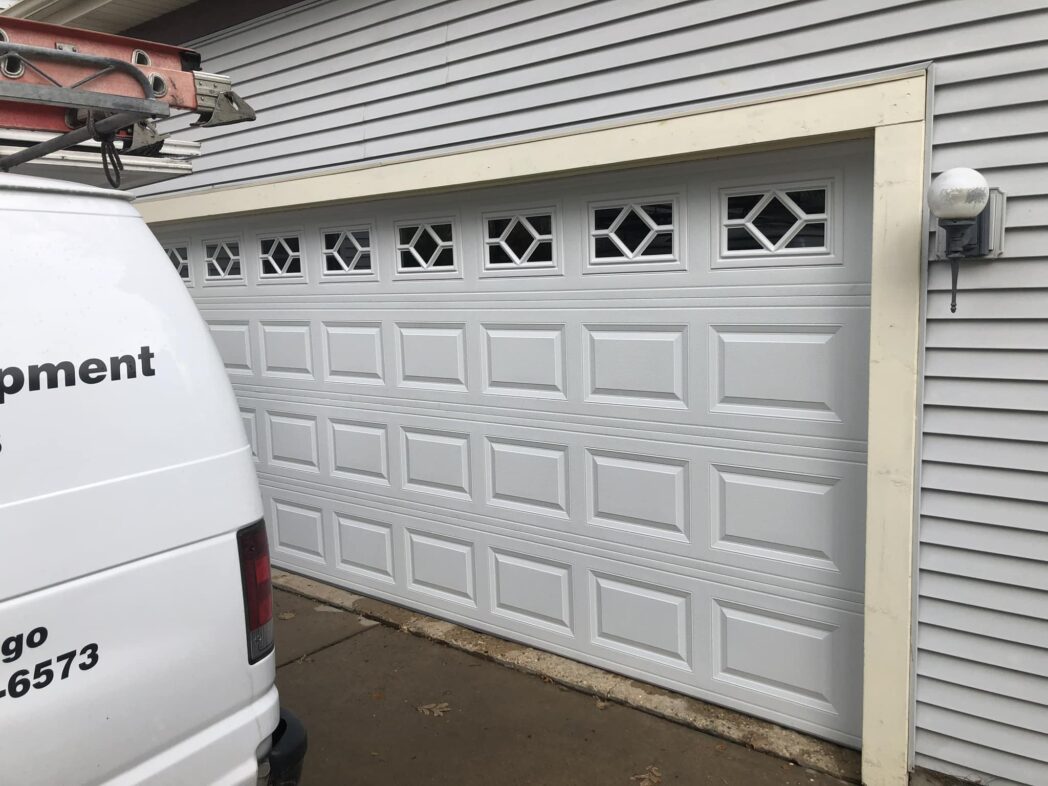How Does a Garage Door Opener Work?
A garage door opener is a motorized device that facilitates the automatic opening and closing of a garage door. It works by utilizing a combination of electrical and mechanical components. Here’s a general overview of how a typical garage door opener works:
- Motor and Drive Mechanism:
- The heart of the garage door opener is an electric motor. This motor is responsible for generating the force needed to lift and lower the garage door.
- The motor is connected to a drive mechanism, commonly a belt, chain, or screw drive. This mechanism translates the rotational motion of the motor into the linear motion required to move the garage door.
- Remote Control or Wall Switch:
- The garage door opener comes with a remote control, which is a handheld device that allows the user to wirelessly control the operation of the garage door. The remote typically has buttons for opening, closing, and stopping the door.
- Many garage door openers also have a wall-mounted control panel with similar buttons for local operation.
- Safety Sensors:
- Safety sensors are a crucial part of modern garage door openers. These sensors are mounted on either side of the garage door near the floor.
- The sensors send an infrared beam across the door opening. If this beam is interrupted by an object or person, it signals the garage door opener to stop and reverse the door’s direction. This feature helps prevent accidents and ensures the safety of people and property.
- Limit Switches:
- Limit switches determine the fully opened and fully closed positions of the garage door. When the door reaches these positions, the limit switches trigger the motor to stop, preventing the door from overtraveling.
- Limit switches are adjustable to ensure accurate positioning of the door.
- Remote Receiver:
- The garage door opener includes a remote receiver that receives signals from the remote control or wall switch. When a button is pressed, the receiver interprets the signal and activates the motor to move the door accordingly.
- Power Supply:
- Garage door openers are typically powered by standard household electrical outlets. Some models also have battery backup systems to operate the door during power outages.
- Manual Release:
- In case of a power outage or an emergency, garage door openers usually have a manual release mechanism. This allows the user to disengage the motor and operate the garage door manually.
In summary, a garage door opener automates the process of opening and closing a garage door through the use of an electric motor, a drive mechanism, remote control or wall switch, safety sensors, limit switches, and a power supply. The combination of these components ensures the safe and efficient operation of the garage door.






